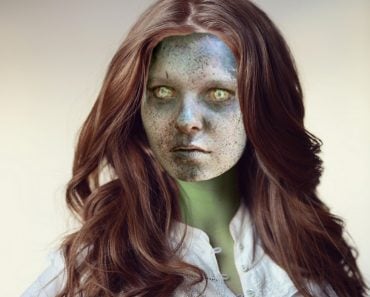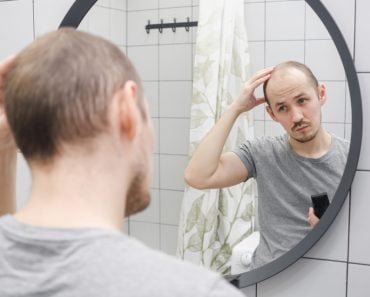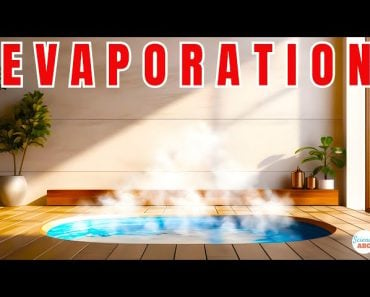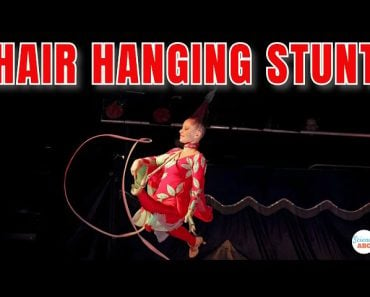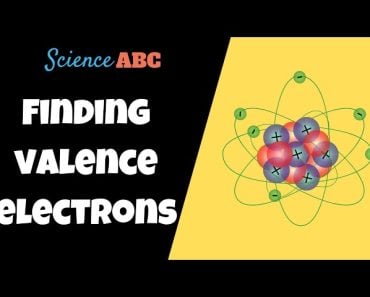Hair is made up of proteins called keratin and melanin, which are arranged in a cortex. The cortex determines the hair’s natural shape, which is determined by the follicle. Heat styling rearranges the proteins by breaking the hydrogen bonds between them. This is a temporary change. Permanent changes are made by breaking the disulfide bonds between the sulfur atoms in the proteins. This is done by adding or removing hydrogen atoms. Both of these processes can damage the cuticle, the outermost layer of the hair.
Hair is as much an indicator of your overall health as any other part of your body. The portion of your body that frames your crown also plays a huge role in determining your physical appearance and attractiveness. Nothing you do can change the way you look as much as changing the way you wear your hair.
Even men are experimenting with their tresses in recent years (the current man bun trend), which means that bad hair days are universal woes. However, new techniques of hair styling, such as straightening and curling, give you the opportunity to tame that grizzly mop on your head. This process of transformation is interesting, but what makes these techniques so effective? What’s the science behind hair styling?
Recommended Video for you:
What Determines The Natural Shape Of Hair?
The innermost part, or the root, of your hair is called a hair follicle. Hair follicles anchor each hair into the skin. The Hair bulb forms the base of the hair follicle. Inside the hair bulb are living cells that divide and grow to build the hair shaft. The part above the hair shaft is typically what we identify as hair. The hair shaft is composed of proteins called keratin and melanin, along with small amounts of metallic elements.

The hair shaft can be divided into three parts. For the purpose of understanding, think of a single hair as being a tube containing two more concentric tubes inside it. The outermost tube layer is called the cuticle, which is a protective exterior material made of downward-pointing scales. The middle layer is called the cortex, which contains melanin granules and oviod bodies, which determine the hair shape and color. The innermost layer is called the medulla and is made of scales.
The follicle determines the shape that the cuticle will take, either circular or oval, which in turn determines the shape of your hair. A circular cuticle is even on all sides and gives rise to straight hair, while those with an oval-shaped cuticle will have curly or wavy hair.
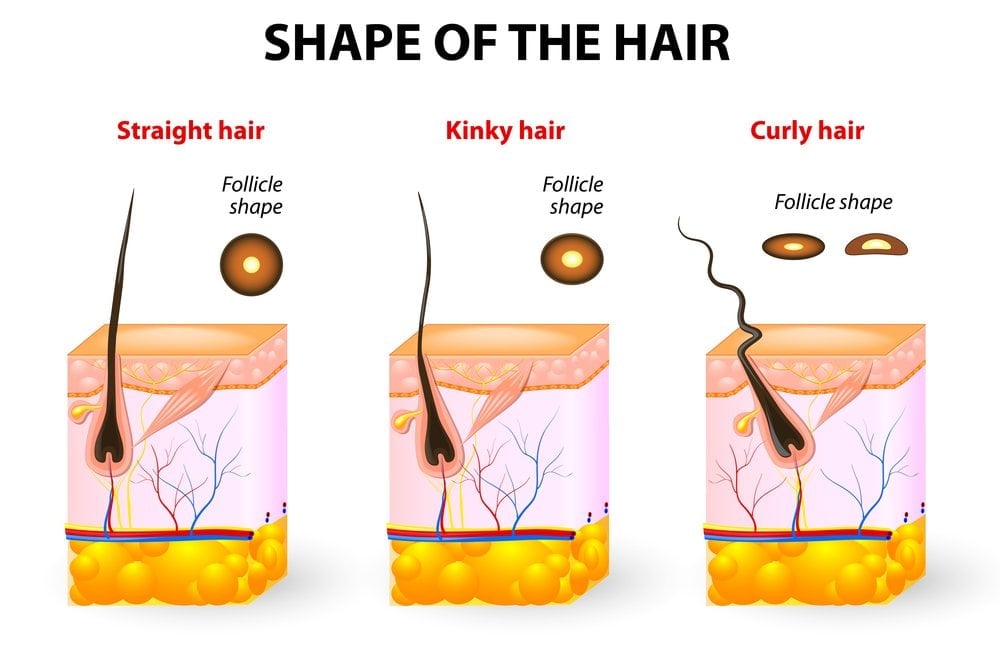
How Does Heat Styling Change The Shape Of Hair?
The keratin in the hair, which is part of the cortex layer, is held together by hydrogen molecular bonds. These bonds are responsible for maintaining the natural shape of your hair. The bonds can be modified in two ways: by applying heat or water. When you modify the bonds between these hydrogen molecules, they allow the hair to be rearranged before the bonds return to their original shape. This is the reason why any form of heat styling will only remain in place for a few hours (sometimes even up to a day) or until it comes in contact with water/moisture.
In short, temporary styling or modifying the shape of the hair is achieved by altering the physical bonds between hydrogen molecules.
Can You Permanently Change The Shape Of Hair?
Permanent changes in hair shape are achieved by breaking and reforming the chemical side bonds in your hair. In this process, the disulphide bonds in the hair are broken through a process called ‘reduction’. In a reduction reaction, either oxygen is removed or hydrogen is added to existing bonds to break them.

In the existing or untreated hair, the disulphide bonds join one sulfur atom in the polypeptide chain to another sulfur atom on another polypeptide chain. Reducing agents called thiol compounds add a hydrogen atom to each of these sulfur atoms in the disulfide bonds to break them. With these bonds broken, the polypeptide chains are ready to slip into a new shape. At this stage, the hair is either permed over the rod or straightened, depending on the desired treatment.
The broken disulphide bonds are then neutralized to remove the hydrogen atoms using the most common neutralizer hydrogen peroxide. This process removes the hydrogen atoms and reforms the disulphide bonds, and is called ‘oxidation’. The removal of the hydrogen atoms from the sulfur atoms forces them to reform their disulfide bonds in the new shape permanently (around the perm rods or straighteners).

Why Does Styling Damage Hair?
Heat styling creates cracks in the protective cuticle layer of hair, making it more vulnerable to damage from chemicals and sunlight. Excessive heat styling leads to the degradation of the cortex layer which results in dry, lackluster and frizzy hair. Subjecting hair to high temperatures sometimes causes the steam to be trapped in the hair, which leads to the loss of the cuticle layer protecting your hair. This, in turn, leads to hair breakage.
To summarize, temporary styling (changing hair shape) is achieved by modifying the physical side bonds of hair by exposing it to heat or water, while permanent changes in shape are achieved by breaking the chemical side bonds in the hair. Both processes lead to damage to the cuticle layer, and any use of these methods in excess will lead to more serious damage.
Perhaps the best way to avoid bad hair days is to just eat healthy. Since we know that hair is primarily made of protein, consuming adequate amounts of that will definitely help you care for your precious locks!

